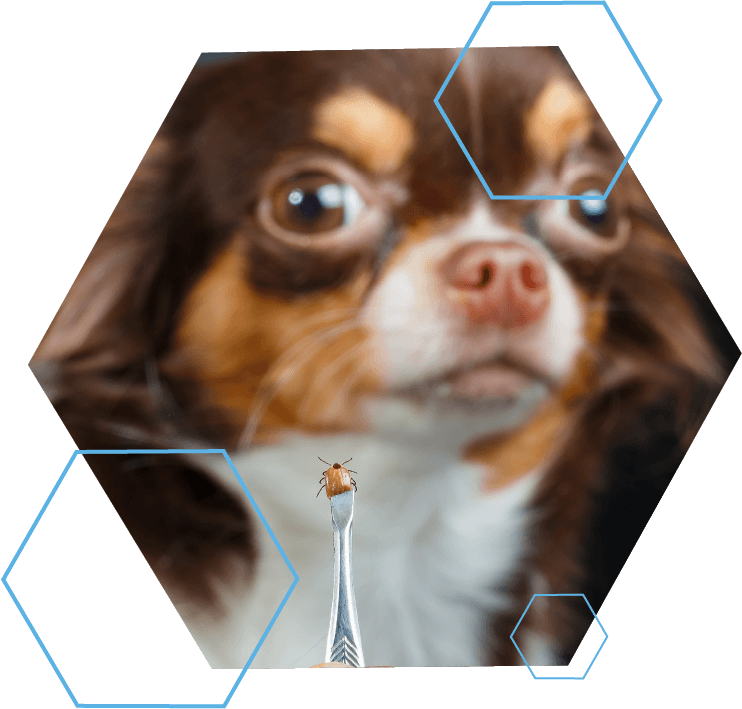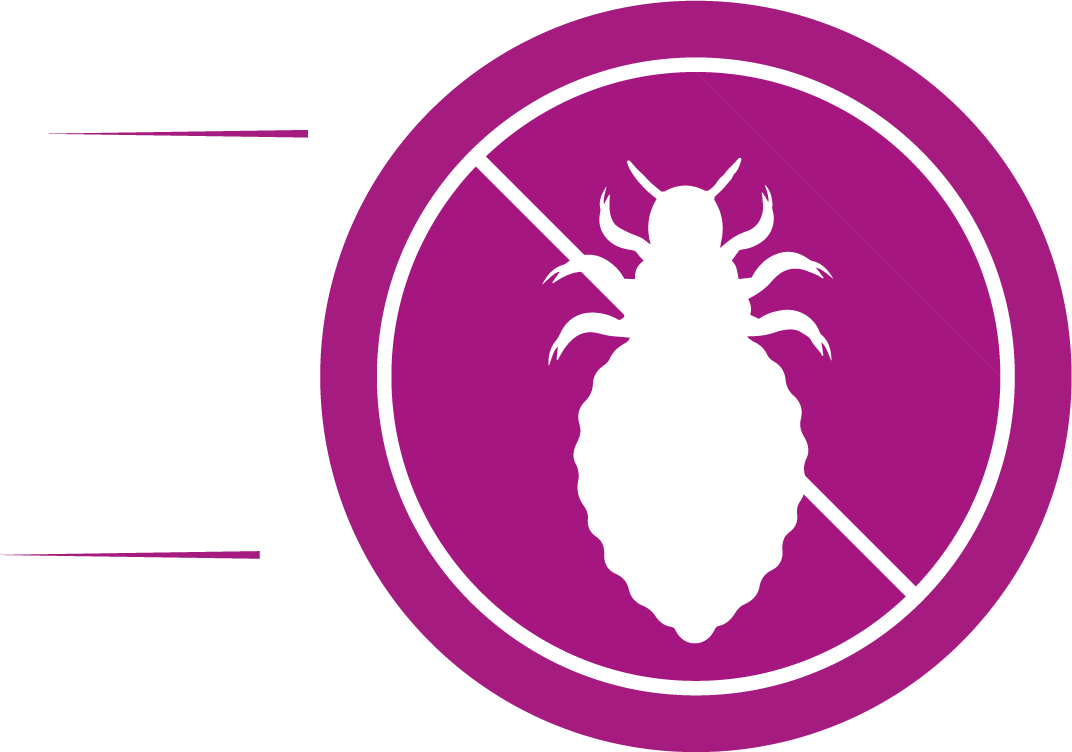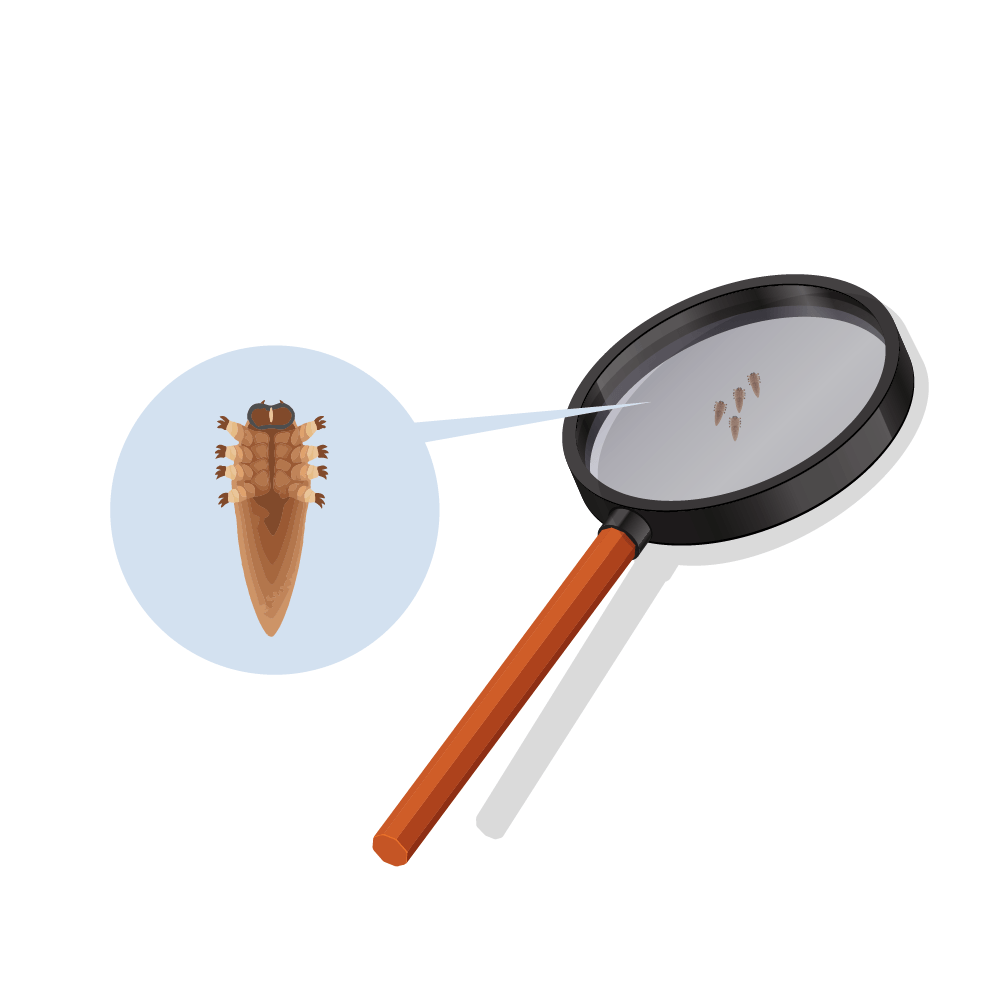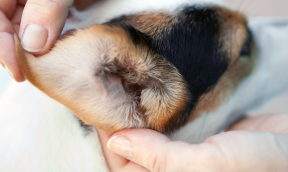
How to protect your dog from parasites ?
Contents: What are dog parasites? | How can you recognise a dog with parasites? | Why is it important to protect your dog from parasites? | What solutions are available for protecting your dog from parasites?
Dog parasites : protecting your dog effectively on a daily basis

Is your dog scratching a lot? Does something seem to be bothering him? Is his coat dull? Are there visible scabs on his skin? Dog parasites are a real scourge for your pet. Although more common in summer, you need to protect your pet all year round to make sure it is no longer a target for these intruders. We take a closer look at a subject that makes you itch from head to paw.
What are dog parasites?
Despite a healthy lifestyle and regular grooming, your pet can become a target for external parasites, which can have a serious impact on its health.
Fleas, the most common external parasite
Fleas are the most common parasite feared by dog owners.
These blood-sucking external parasites feed on your dog’s blood. They can consume up to 15 times their weight by volume in blood!
They are very small, between 1.5 mm and 6 mm, but their legs enable them to jump up to 30 cm. It is often when they jump that you will spot them.
A flea-infested dog suffers from pulicosis. It is characterised by itching that can affect your pet’s daily life. The most sensitive individuals will have an allergic reaction: flea allergy dermatitis (FAD).
Protecting your dog from external parasites with an anti-parasite collar or anti-parasite pipettes is a must.
Ticks, the menace that hides in tall grass

Ticks are ectoparasites, mites, involved in the transmission of diseases such as Lyme disease and piroplasmosis.
Like fleas, ticks feed on your dog’s blood by biting and remaining attached to the bite site.
You can spot a tick by touching your dog’s coat, often on the head, ears and neck, but ticks are opportunists and will embed themselves wherever they can. The more blood a tick gorges itself with, the easier it is to spot, as its belly expands by several millimetres.
No doubt your pet loves going for walks in the park or running around your garden, the woods or the fields. While ticks are common in tall grass, you’ll find them in all vegetated environments, especially in summer.
🦟What about mosquitoes and sandflies?
Mosquitoes and sandflies are not strictly speaking dog parasites, as they bite your pet but do not live on the surface of their skin. They feed on all warm-blooded species, not just dogs. However, they transmit certain viruses and parasites that can be fatal for your pet if left untreated. For example, the sandfly carries the internal parasite responsible for leishmaniasis, a serious and sometimes fatal disease. Pest prevention is still the best defence, and not just in wetlands, even if they are known to host mosquitoes and sandflies in large numbers!
Lice, uncommon and a sign of poor welfare

Lice are uncommon in well-looked after animals. These external dog parasites are more commonly found on stray dogs. If you take in an animal, be careful.
Lice are easy-to-spot insects of the order Phthiraptera. There are biting lice and sucking lice. The former feed on dead skin and hair, while the latter are blood-suckers.
Lice are specific parasites, meaning that a dog louse will not go on a cat, for example. You can find these parasites at all stages of development on your pet: adults, larvae and nits.
Scabies, a parasite caused by contact between dogs
If your dog has mange, it must have been in contact with another carrier dog or an infested fox. Like head lice in children, this parasite is transmitted by direct contact, from animal to animal.
Scabies is caused by a microscopic mite, Sarcoptes scabiei, which multiplies on the surface of the skin and can penetrate the stratum corneum of the dog’s epidermis. This is known as sarcoptic mange. Another type of scabies, otodectic mange, only affects the ear canal.
Affected dogs suffer from pruritus and scratch violently. Their fur can fall out, leaving scabs on the often inflamed skin of the head, ears and paws.
To diagnose it, your vet will have to scrape the lesions from the skin and look at them under a microscope.
Harvest mites, the mites of summer
The Trombiculid mite (or harvest mite) is a summer mite, particularly found in August and September. The larva is the parasitic form of the Trumbicula automnalis cycle. It has a characteristic orange colour. It clings to your pet’s coat as it brushes against the grass, so that it can gorge itself on blood for a few days, before dropping back into the grass to become an adult.
It can mainly be found on your pet’s head, in the folds of the skin, on the tips of the ears or between the toes. Its presence causes violent itching and sometimes triggers an allergic reaction if the dog is frequently or heavily infested
Demodex, a danger for young dogs and sensitive animals

Demodex is a dog parasite that infests puppies from birth through contact with the mother, usually without causing any problems in the animal.
It can lead to clinical illness in young animals under 1 year old, because their immune system is immature, or in adults with an immune deficiency.
Certain breeds with folds are more susceptible, such as the shar-pei, boxer or French bulldog, mainly because susceptibility to the parasite is found in certain genetic lines.
A dog from a line where clinical cases of demodecia have been observed should be excluded from breeding.
Demodex feeds on the sebum of the hair follicles.
Invisible to the naked eye, it can only be identified under a microscope after skin scraping down to the papillary dermis.
This dog parasite is not contagious and lives on most individuals without any particular complications. It is its excessive multiplication in fragile subjects that poses a problem.
Young dogs will suffer from a localised form, with characteristic alopecia around the eyes, but also on the muzzle and paws.
There is a generalised form that requires treatment, with lesions all over the body. It is only seen in individuals with a deficient immune system, and is often accompanied by bacterial complications.
The mere presence of Demodex, or a localised form, does not warrant treatment.
Cheyletiellosis, walking dandruff
Cheyletiellosis is a 0.5 mm mite that lives on the surface of your pet’s coat. It is easy to recognise because it looks like dandruff moving on your dog’s back. Highly contagious between dogs, it cannot infect humans.
The presence of this mite is diagnosed by a tape test on the dog’s coat and observation under the microscope.
🐶 What about internal parasites in dogs?
Roundworms, flatworms, protozoa, heartworm disease, etc. can colonise your pet’s digestive tract. While external dog parasites are often visible, internal parasites are only found in the faeces when the damage has already been done. The best way to protect your pet is to treat it preventively against internal and external parasites.
How can you recognise a dog with parasites?
A dog affected by an external parasite behaves in a characteristic way: it scratches itself, because the parasite causes its skin to itch.
If your pet is not very sensitive and does not scratch, you may notice scabs on your dog’s back, significant fur loss or a dull coat.
Excrement is also left in the animal’s undercoat. With careful brushing, you can usually spot the parasite involved.
If you suspect the presence of a tick, check the coat by hand rather than with a comb or brush to avoid tearing it off. If you remove it accidentally, you will need to go to your vet to have the head removed from the epidermis.
A visit to the vet is essential to identify all microscopic external parasites.
🐶 Daily brushing is essential : as most external parasites feed on blood, your pet can become anaemic if you don’t diagnose the symptoms quickly enough. Enjoy brushing your pet every day so you can spend time with it and make sure its coat is in good condition.
Why is it important to protect your dog from parasites?
Protecting your pet from external and internal parasites is the best way to avoid having to get rid of stubborn mites and arachnids.
Dog parasites carry diseases transmitted by animal bites, such as piroplasmosis, ehrlichiosis or Lyme disease following a tick bite, in addition to the direct effects of their presence.
In this case, removing the parasite is only the first step in treatment. Your vet will also have to decide on appropriate treatment for your pet.
In the case of fleas, your entire home will have to be treated to contain the infestation of individuals and also protect your family from flea bites.
Most parasites infest several species, and although they don’t often affect humans, they can be transmitted to other pets.
What solutions are available for protecting your dog from parasites?
Icaridin-based antiparasitic products are particularly effective against fleas, ticks, mosquitoes and sandflies.
💉 Leishmaniasis vaccine: vaccination does not protect your pet against sandfly bites, but it does reduce the symptoms of the disease.
Whether in the form of an anti-parasite collar to be worn continuously or pipettes to be applied to your pet’s coat once or twice a month, using an antiparasitic product means you can rest assured that your pet will not be the preferred target of parasites.
Your pet should be treated from an early age, as puppies are considered to be fragile individuals. Their developing immune systems do not allow them to fight parasites as effectively as adult dogs. Your vet will be able to advise you on the most appropriate preventive treatment.
Remember to adapt the dosage to your pet’s weight. An antiparasitic product for a dog weighing over 30 kg has a different dosage to that for a medium-sized dog.
Regular application is essential to protect your pet over the long term. Make sure you follow the application instructions carefully for each antiparasitic product.
Article written with the assistance of
Dr Stéphanie Padiolleau, Veterinary Surgeon





